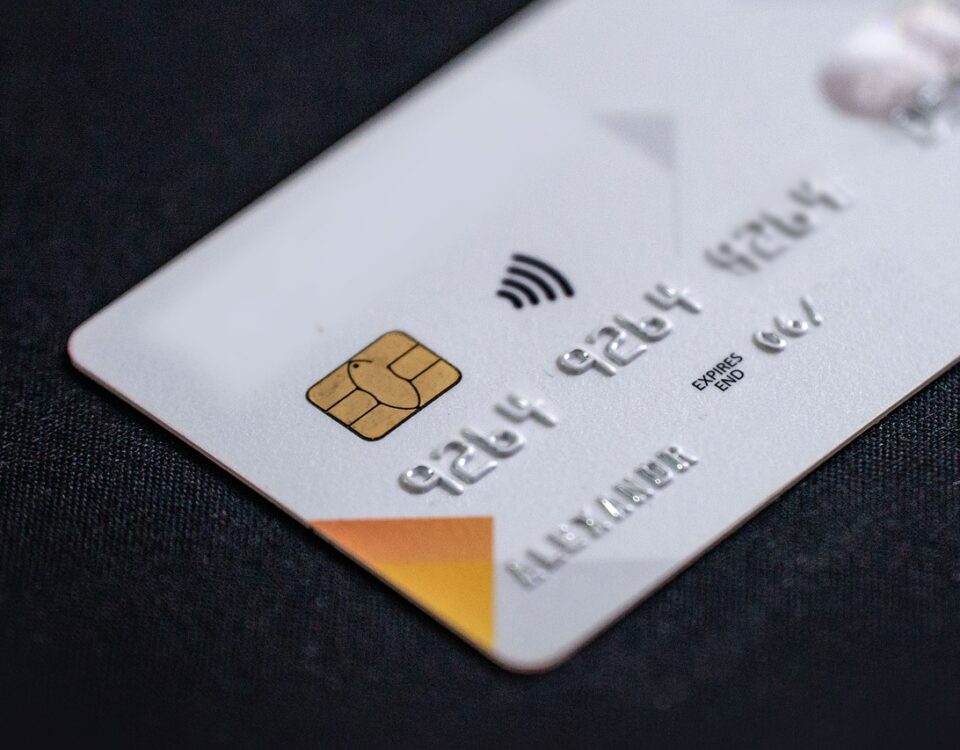We handle all formalities for obtaining the UTR for all companies we incorporate for non-resident shareholders and/or directors, ensuring a seamless process. Our support team is available to assist our clients with any UTR-related matters.
Understanding UTR Numbers: Essential Guide for UK Businesses
Introduction
A Unique Taxpayer Reference (UTR) number is a vital identifier for businesses and individuals in the UK. Issued by HM Revenue and Customs (HMRC), the UTR number plays a crucial role in the tax system. This article will provide an in-depth look at UTR numbers, their importance, who needs them, and how to obtain one.
What is a UTR Number?
A UTR number is a unique 10-digit number assigned by HMRC to every individual or business that needs to pay taxes in the UK. It looks like this: 0123456789. The UTR number is used to track the tax records of taxpayers, ensuring accurate and efficient tax collection and compliance. Each UTR is unique to the taxpayer, whether an individual or an entity, and is used in all communications with HMRC related to tax matters.
Who Needs a UTR Number?
Several entities and individuals require a UTR number, including:
- Sole Traders: Individuals running their own business.
- Partnerships: Businesses operated by two or more individuals.
- Limited Companies: Legally incorporated businesses in the UK.
For example, a sole trader needs a UTR to file self-assessment tax returns, while a limited company uses it for corporation tax purposes.
How to Obtain a UTR Number
Getting a UTR number involves a straightforward process:
- Register with HMRC: When setting up a new business or registering for self-assessment, HMRC will issue a UTR number. You can register online through the HMRC website or by submitting a paper application.
- Complete the Relevant Forms: Provide all necessary information, including your business details and the date you started trading.
- Receive Your UTR: After submitting your application, HMRC will send your UTR number by post, typically within 10 days for UK addresses and 21 days for addresses abroad.
Main Uses of a UTR Number
The Unique Taxpayer Reference (UTR) number is crucial for various interactions with HMRC. Here are the primary uses of a UTR number:
- Filing Tax Returns: Your UTR is required when submitting self-assessment tax returns or corporation tax returns to HMRC.
- Communication with HMRC: When contacting HMRC with queries or issues regarding your taxes, you will need to provide your UTR number for identification purposes.
- VAT Registration: To register for Value Added Tax (VAT), your business must provide its UTR number.
- Construction Industry Scheme (CIS): Contractors and subcontractors in the construction industry need a UTR number to register for CIS.
- PAYE Registration: Employers must provide their UTR number when registering for Pay As You Earn (PAYE) for their employees.
The UTR ensures that HMRC can accurately track and manage your tax records, facilitating efficient tax administration.
Registering a Business as “Active” for Tax Purposes
When starting a new business, it is essential to inform HMRC that your company is active and trading. Here’s how to do it:
- Company Information: Gather necessary information, including your Company Registration Number (CRN), the start date of your business activities, and your primary business address.
- Principal Activities: Provide a description of your company's main activities, including the Standard Industrial Classification (SIC) code.
- Accounting Reference Date (ARD): Specify the date to which your company’s accounts will be made up, usually the anniversary of the last day of the month your company was incorporated.
- Director Details: Include comprehensive details of all company directors, such as names, addresses, and National Insurance numbers.
- Inform HMRC: Register your company as active by logging into the HMRC online service with your Government Gateway ID and following the prompts to enroll for corporation tax.
Once registered, HMRC will provide instructions on how to pay your corporation tax and the deadlines for filing your tax returns.
Difference Between Personal and Company UTR Numbers
While both personal and company UTR numbers are issued by HMRC, they serve different purposes and are not interchangeable:
- Personal UTR: Issued to individuals who register for self-assessment, such as sole traders, partners in a partnership, or individuals with additional income.
- Company UTR: Issued to limited companies when they are incorporated, used for corporation tax purposes.
A personal UTR is linked to an individual's personal tax obligations, while a company UTR relates specifically to the corporation’s tax matters. It is crucial to use the correct UTR number for the appropriate tax filings and communications with HMRC to avoid any confusion or errors in your tax records.
What to Do If You Lose Your UTR Number
Losing your UTR number can be inconvenient, but there are several ways to retrieve it:
- Check HMRC Correspondence: Your UTR number will be included in various documents from HMRC, such as tax return reminders, notices, and other official correspondence.
- Personal Tax Account: Log in to your personal tax account on the HMRC website or app, where your UTR number should be listed.
- Contact HMRC: If you cannot find your UTR number through the above methods, you can call the HMRC self-assessment helpline at 0300 200 3310 for assistance. Be prepared to verify your identity when calling.
It's essential to keep your UTR number secure and readily accessible for all tax-related activities.
UTR vs. Tax Code
While both a UTR and a tax code are issued by HMRC, they serve different purposes in the UK tax system:
- UTR (Unique Taxpayer Reference): A 10-digit number used to identify individuals and companies for tax purposes. It is essential for filing tax returns, communicating with HMRC, and registering for various tax schemes.
- Tax Code: A combination of numbers and letters used by employers and pension providers to determine the amount of Income Tax to deduct from an individual's salary or pension. It reflects personal allowances and adjustments based on an individual's circumstances.
The primary difference lies in their application: a UTR is used for broader tax administration and identification, while a tax code specifically determines income tax deductions.
Protecting and Securely Sharing a UTR Number
Protecting your UTR number is crucial to prevent identity theft and unauthorized access to your tax records. Here are some tips:
- Keep It Confidential: Do not share your UTR number with anyone unless it is necessary for tax-related purposes.
- Verify Requests: Always verify the legitimacy of any request for your UTR number. HMRC or your accountant may need it, but be cautious of unsolicited requests.
- Secure Storage: Store documents containing your UTR number in a secure place, and consider using encrypted digital storage for electronic copies.
If you need to share your UTR number, ensure you do so securely, ideally through encrypted channels or by confirming the identity of the requesting party.
Conclusion
In summary, understanding and managing your UTR number is vital for maintaining compliance with UK tax regulations. A UTR number is essential for filing tax returns, communicating with HMRC, and registering for various tax schemes. It's crucial to differentiate between your UTR and tax code and to protect your UTR from unauthorized access. By following these guidelines, you can ensure accurate and secure management of your tax obligations.
Maintaining accurate records and promptly addressing any issues related to your UTR number will help you stay compliant and avoid potential complications with HMRC.







